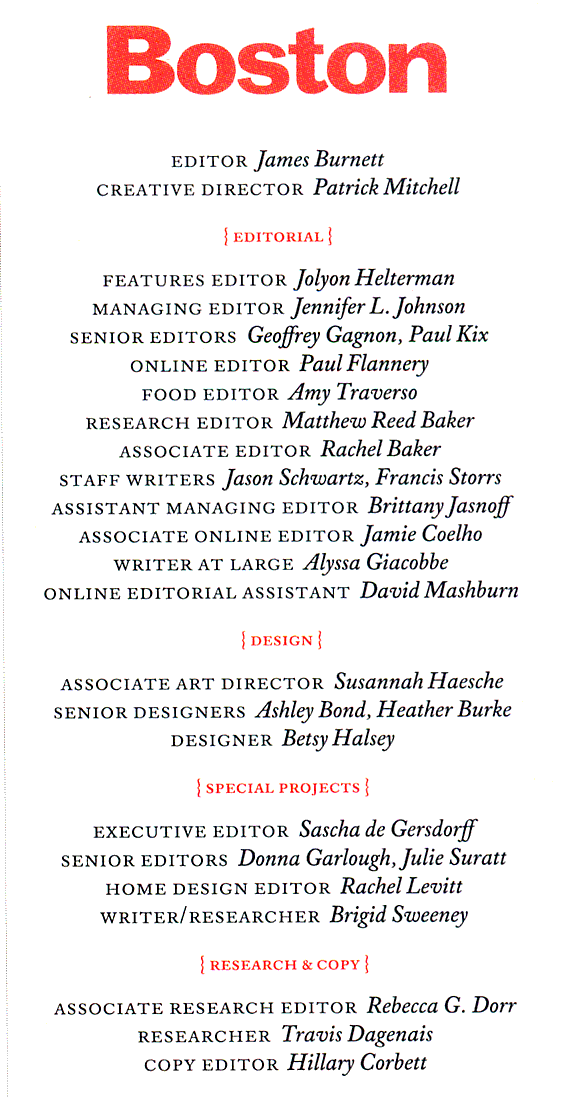You spend hours crafting the perfect subject line, pore over every word, and follow-up religiously without being annoying. But why are journalists and bloggers passing up on your press release pitches?
And you can’t help but wonder why… Was it something you did?
Every business can agree that getting press, and organizing a press campaign is very important. One story in a renowned publication can make and break a business — startups and enterprise companies alike. But when you get ignored, rejected, and overlooked, it hurts. It also wastes precious time.
So how do you write press release pitches that won’t waste your time and will catch your target’s eye?
3 Rules to Follow If You Want Press
Part of writing press release pitches is investing in relationships, searching for the right angle, and then sending an irresistible pitch — in addition to distributing your press release. If you want to ensure that editors read your pitches, keep these three simple guidelines in mind.
#1 Target the Writer; Not the Publication
Sending pitches to a generic email address like “[email protected]” will not work. And it’s a rookie mistake. That’s because a generic and catch-all email address is already saturated with pitches from thousands of others. Unless you have a groundbreaking story as massive as Apple taking over Samsung, your press release pitches won’t get any attention.
The best thing to do is to target a specific writer for each publication.
With this, you can:
- Develop a relationship with the journalist or writer.
- Aim for writers who cover your beat.
- Increase the chances of your email getting read.
The other benefit is that you can personalize the pitch. A personalized email is 26% more likely to be read.
#2 Aim for the Right Beat
A “beat” is a journalist’s term for their area of focus. It can range from broad (like “lifestyle”) to narrow (like, “DIY projects”).
You’ll be glad to know that industry-specific publications cover a narrow beat. A good example is Vox, and they have separate editors for social media, AI, commerce, robotics, etc. On the other hand, sites like Presswire, cover a wide range of general topics. From business to entertainment, and even tech news.
Publications like the Huffpost or the NY Times have one editor covering a broad beat, like politics.
When you’re targeting the right beat, that means you don’t send your story about e-commerce to an editor for social media marketing, or entertainment news. News desks nowadays are fragmented in nature, and there’s a good chance that your pitch will never make it to the right editor.
60% of writers want subject lines that align with their beat.
To find a journalist’s beat, you can check a publication’s masthead (aka the “about” section).

Most writers of a publication will also mention their area of coverage on their social profiles, namely Twitter.

#3 Invest in Relationships
PR is not generic. It’s a highly personal matter. The practice is much more than reaching out to press contacts because you need them. You have to build and cultivate long-term relationships with them. The best part about this is that it pays off in the end. In some ways, it’s quite similar to sales.
Consider what the journalist needs. Nurture your relationship with them by following them on their social media profiles, read their articles, leave comments, ask questions, etc. That way, when the timing is right, you can send them personalized pitches and an identity crafted around the relationship to go with it.
How to Write Press Release Pitches That Won’t Be Ignored
When you’re pitching a press release to a journalist, remember that it’s more than just relationship building. Keep in mind that you have competitors, and you need to find ways to make your press release stand out from the crowd. There are requirements for writing a media pitch that catches a journalist’s or blogger’s attention.
You need:
- A newsworthy angle that tickles curiosity.
- Email subject lines that grab and hold attention.
- Crisp but concise emails that present the value immediately.
Finding the Angle
A read-worthy pitch has to be:
- Relevant to a journalist’s interests.
- Timely with respect to their most recent story.
- Catchy enough to generate loads of traffic.
Look for a journalist’s recent story and relate your content, product, or service to it. The idea is that if they’ve covered a similar topic in the past, they might be interested in covering it again — with greater detail and more meat.
Browse through the writer’s last few articles, and try to find out what the common denominator is between these stories. How can you relate any of them to your business?
Creating Your Email Subject Line
There are instances where stories have great hooks, but journalists still ignore the press release pitches. If that’s the case, then that’s not good. From a PR perspective, you can make your email subject line stand out with these:

- Visual content: Tell journalists that your content is visual. In research from Growth Hackers, they proved that journalists want to see mixed media pieces, infographics, data visualization, videos, images, and interactive maps. Those are forms of visual content, and they’re great to have.
- Content title as the subject line: Use your content’s title as your subject line, unless the pitch is heavily personalized. Some think it’s low-effort, but some journalists in large media outlets prefer it. By doing this, they know exactly what the pitch is about — leaving out the guesswork and catering to convenience. This works well when you’re cold pitching to a large news outlet. It’s not so useful when pitching to influencers, smaller media outlets, or when you’re trying to build relationships.
- Personalization: Ask yourself which publications do you want a feature in. You can personalize your email subject lines based on the last few stories the journalists wrote, something they shared on Twitter, or their location.
Writing Your Press Release Pitches
Every impressive media pitch as three distinct characteristics:
- They are all relevant to the journalist.
- Pitches under 200 words.
- Every pitch is readable, using bullet points, subheadings, and short sentences.
Your prime target for writing press release pitches is to build relationships. Your emails have to be stirred toward the same goal. And because your objective is to cultivate a relationship, avoid strong CTAs and sales-y sentences. They typically fall into two categories:
- Appreciation emails: An email where you show your appreciation to a journalist for their writing. These work best on the first touch, where you simply want to introduce yourself to a journalist and be on their radar.
- Helpful email: These are emails where you share relevant content, correct a typo, or introduce them to an article or someone that can help them in their work. A helpful email works best if you’re at the second or third touch-point.
Time to Stop Being Bad at Public Relations
From an outsider’s perspective, writing press release pitches can feel like there’s a whole lot of magic involved. You might feel like you need a magical story to hook your readers or your targets, along with exceptional networking skills to get the press you need.
But PR isn’t all that tricky. It’s a rather straight-forward process that just needs some strategizing and careful planning.
DepositPhotos – writing computer


